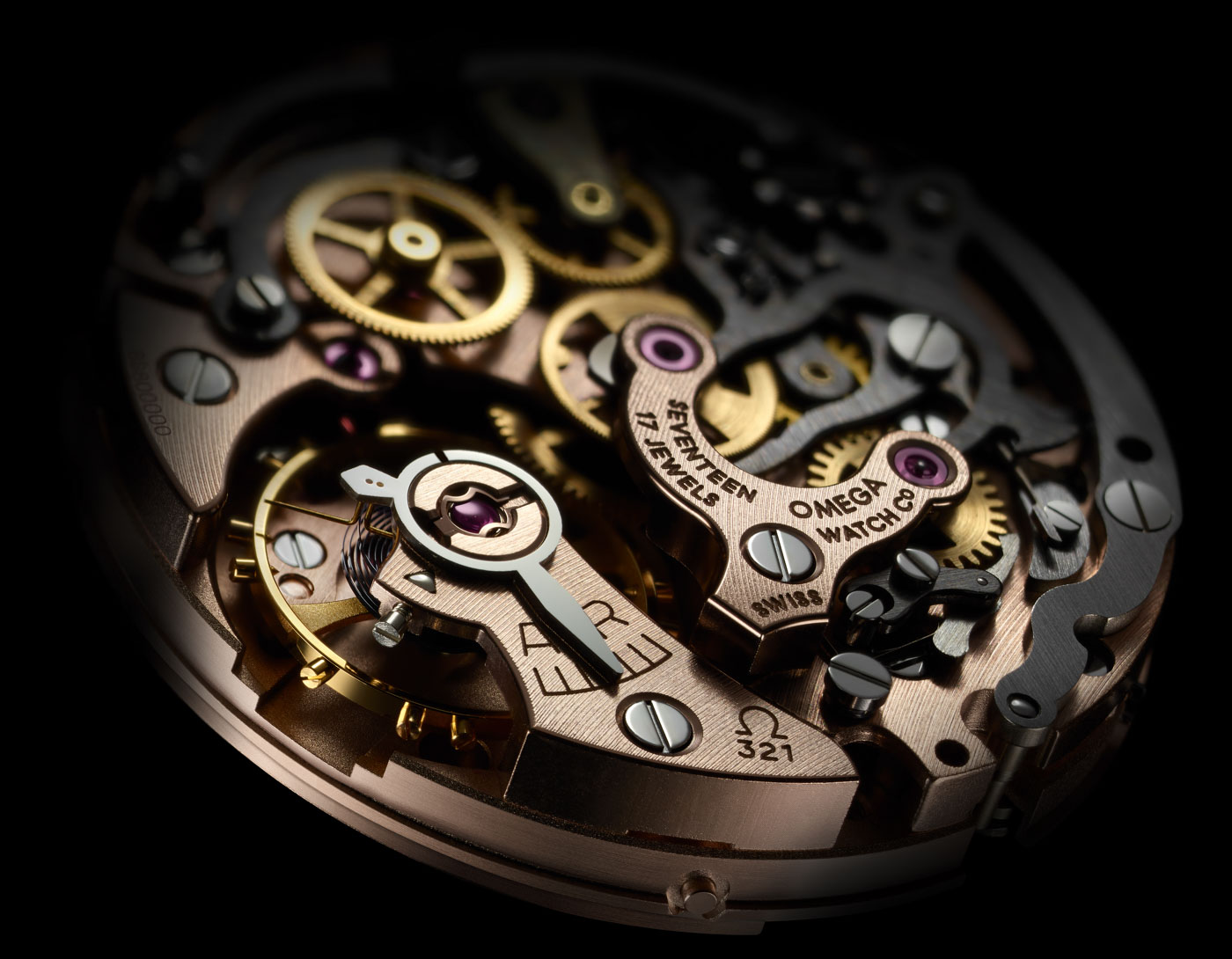
This year marks the 50th anniversary of the Moon landing and Omega is laying the foundation for what we can only expect to be a 50th Anniversary Speedmaster Moonwatch. Though the details of that are still to be confirmed, Omega has just announced it is relaunching the production of its Omega Calibre 321, the movement that powered the original Moonwatch. I’ll eat my hat if anything else but this re-launched Calibre 321 makes it into the 50th Anniversary edition.

There are a few caveats to the story, though. Omega say that the relaunched Calibre 321 will go into production at Omega HQ’s site in Bienne where, uniquely, all aspects of the creation will be undertaken within a dedicated Calibre 321 workshop, including the assembly of the movement, as well as that of the watch head and bracelet – all to be performed by the same watchmaker. I could be wrong – and we are yet to learn further details on the watch the movement will go into – but to me, this suggests that the resulting pieces will be rather more expensive than your regular Speedmasters which, mind you, are built around an evolution of the original Calibre 321 called Calibre 1861.
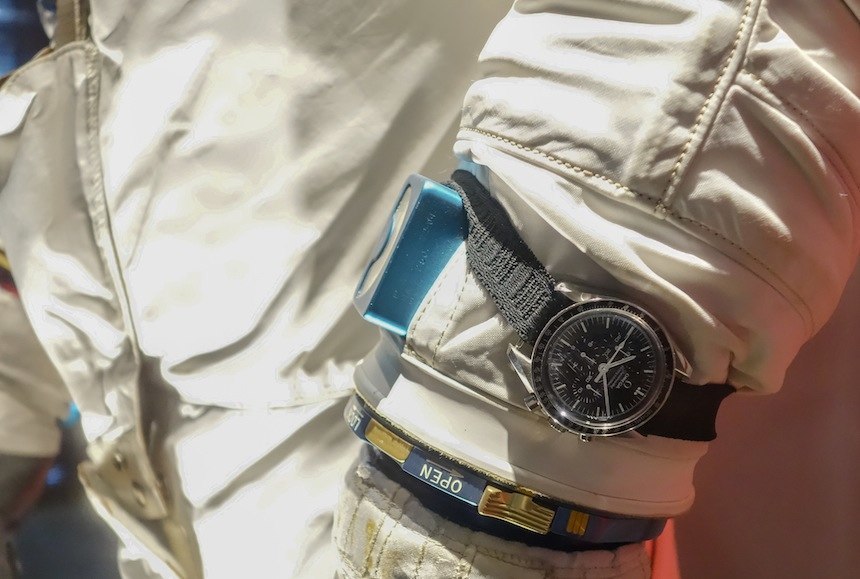
This certainly is not the place to give you a full rundown on the history of the Speedmaster Moonwatch and its different generations of hand-wound chronograph Calibres – you can count on the exhaustive volume of Moonwatch Only for that, reviewed here – but in a nutshell I can say that the Calibre 321 is generally deemed superior to its 861 and 1861 successors for having a column wheel operated chronograph in place of the cam actuated system of the latter movements and… of course, having the pedigree of being the movement that powered the watch that was tested and approved for flight by NASA – Speedmaster ST 105.003 – and the first watch worn on the moon, the Speedmaster ST 105.012.
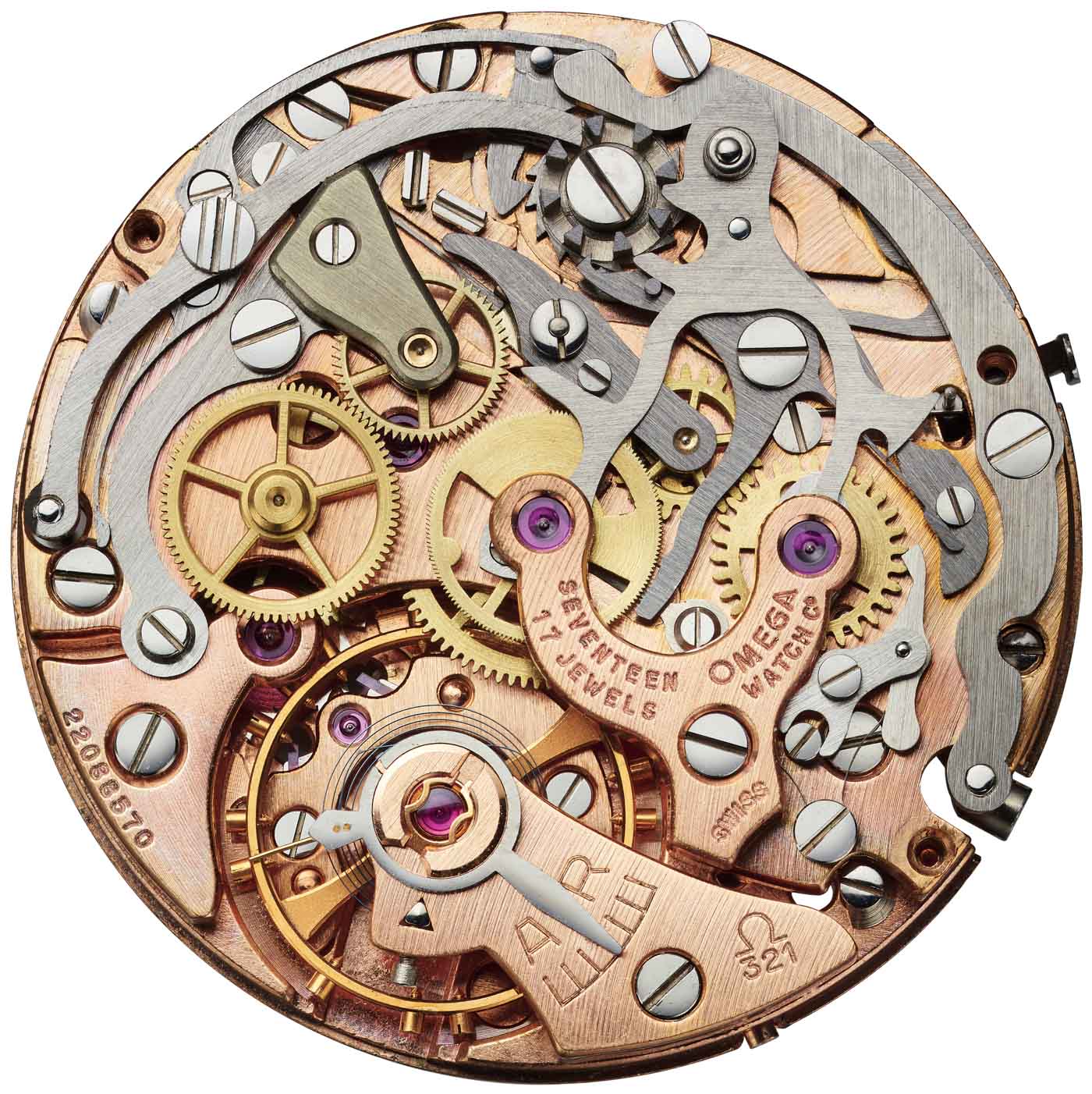
That’s a lot to be proud of, for sure. Interestingly, Omega doesn’t say that they have changed or upgraded anything in this relaunched Calibre 321 over its 20th century counterpart; instead, they share the extreme lengths to which they had gone to create an accurate a re-edition of the original as it is possible. “The OMEGA team compiled extensive historical research and original plans to reconstruct the movement as accurately as possible,” they have used a “tomography technology” (a sort of digital scanning method) to see inside the ST 105.003 that Eugene “Gene” Cernan wore on the moon during the Apollo 17 mission in 1972.

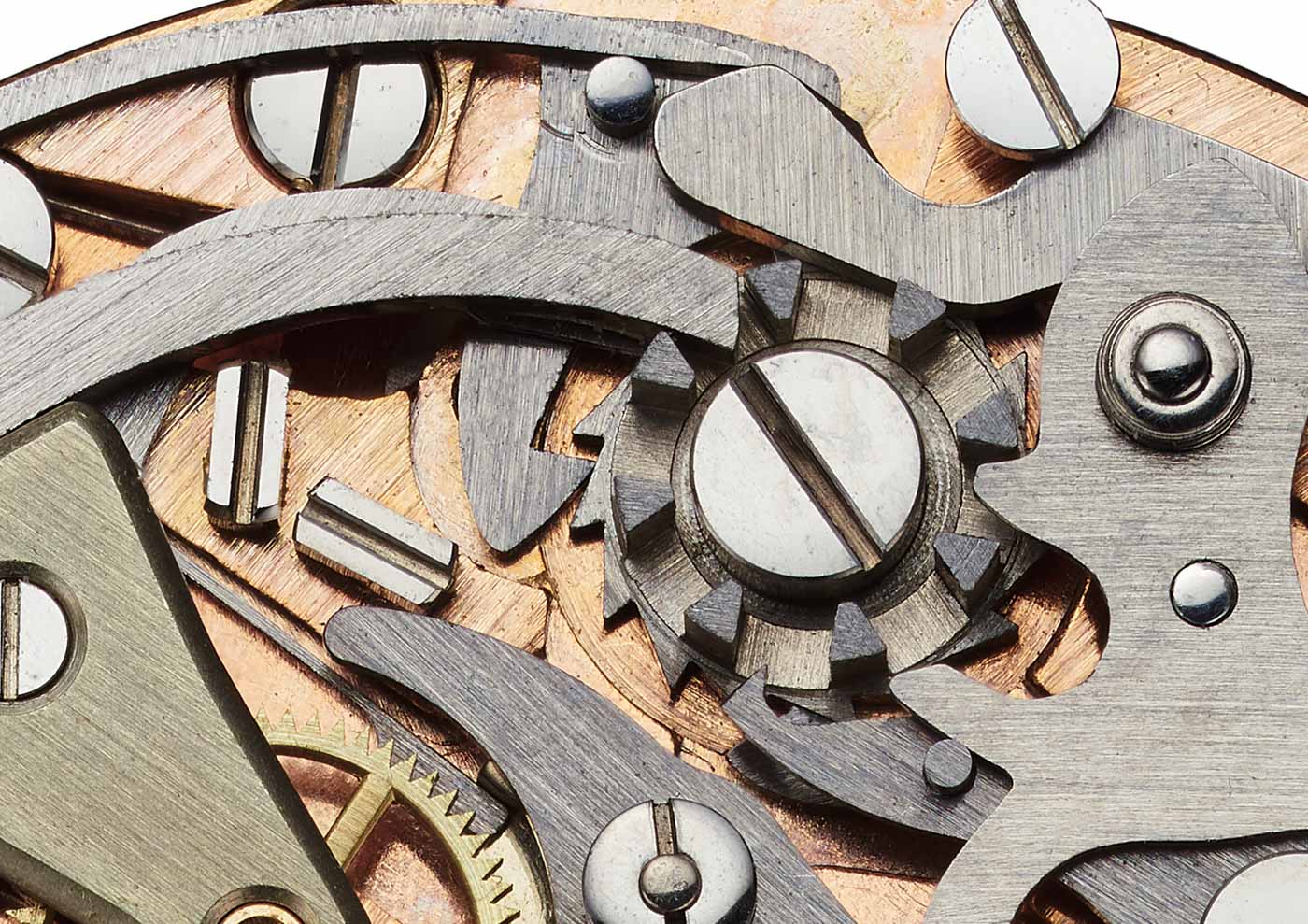
That said, Omega does hint at some differences by attaching only two images to the press communication of the relaunched Calibre 321. One image – with a white background, photographed directly from above – is titled “An original Calibre 321” whereas the other file, photographed at an angle and with a black background is called “The 2019 version of the Calibre 321”. Let the game of “how many differences can you spot?” begin!
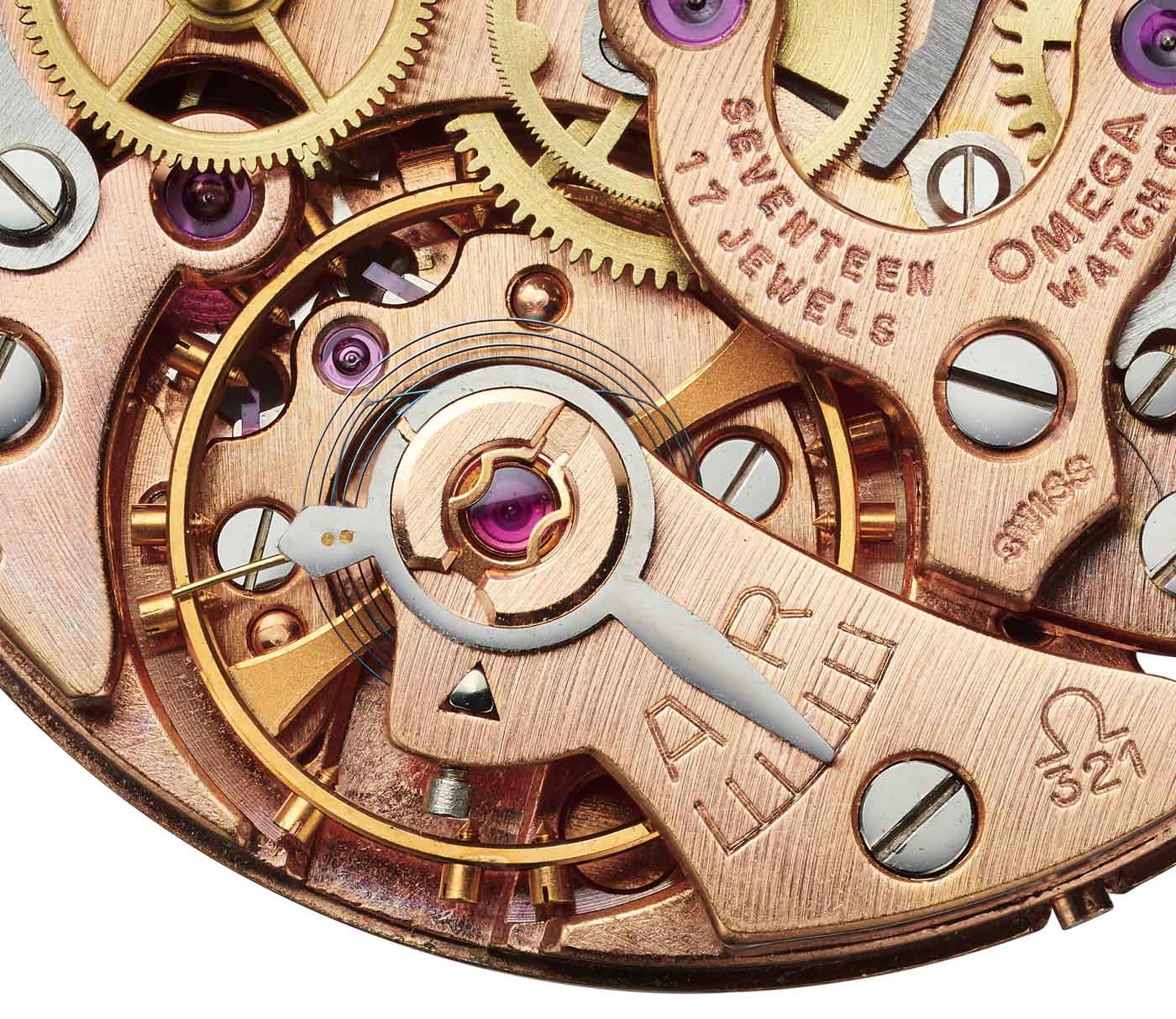
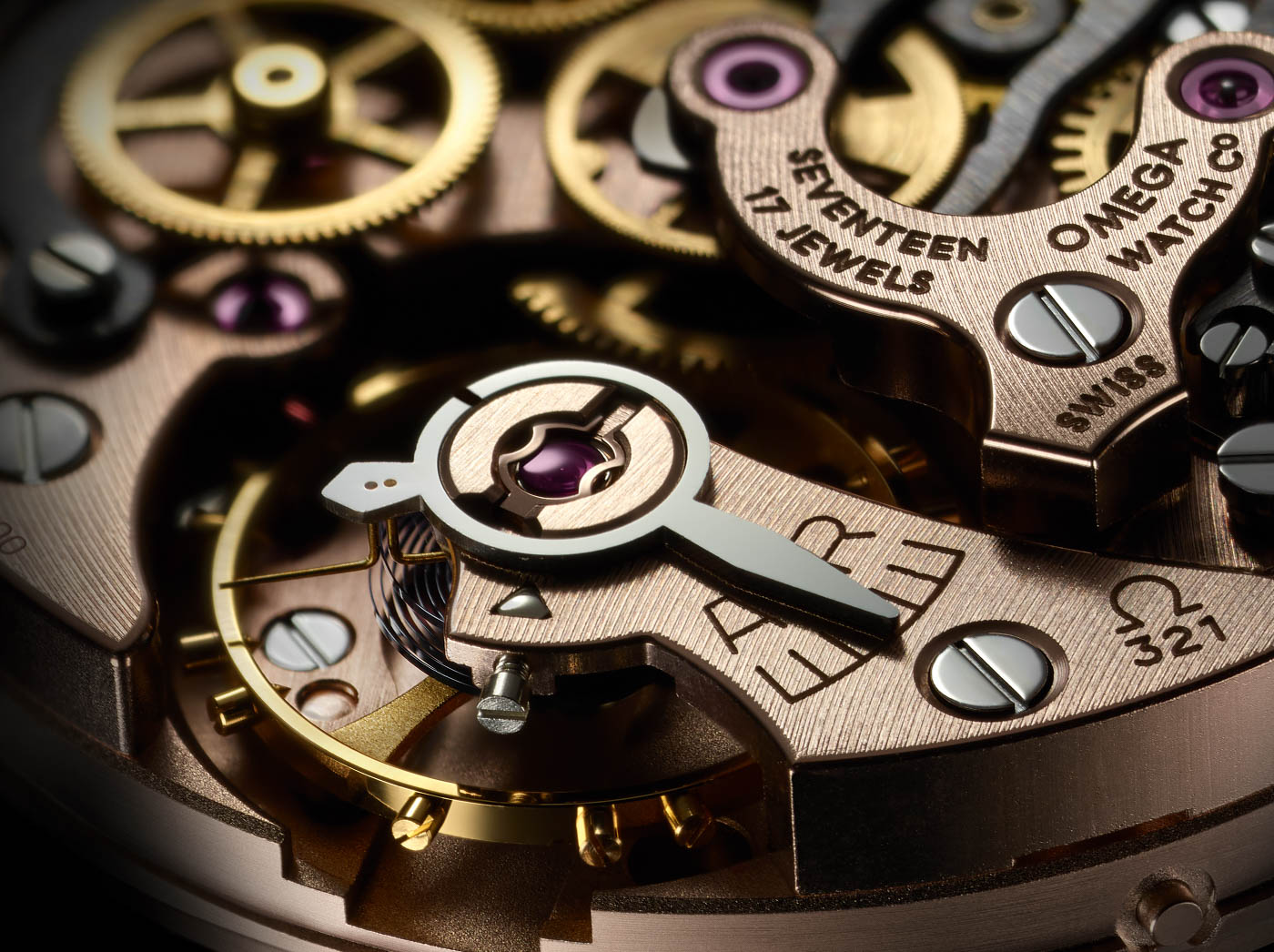
Although I do wish Omega shared more images of the new Calibre, based on these two we can already say that they really are rather very close. The base materials used and the tolerances with which they are machined and finished we can reasonably expect to be a higher grade than what the original Lemania CH27 Calibre (dubbed Calibre 321 in the Speedmaster) could deliver half a century ago. History tells us that the Calibre 321 was upgraded to Calibre 861 in 1968 with two goals in mind: first, to improve accuracy by increasing the operating frequency from 18,000vph to 21,600vph and, second, to reduce production costs by replacing the column wheel with a cam system which required less precision and way fewer operations in its production.
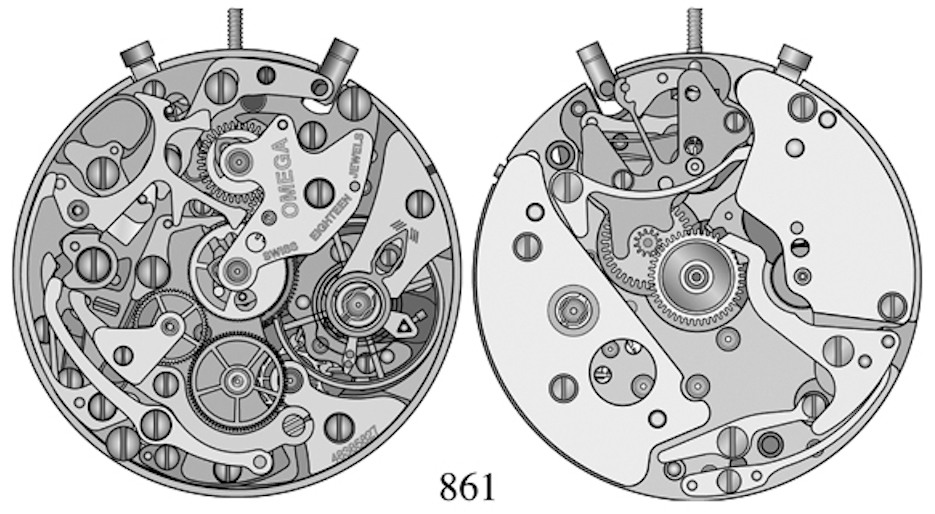
Here’s a technical drawing of Cal. 861 – in the center-left side of the left image you’ll see the cam in place of the column wheel.
Omega says this move signals the continued dedication to preserving its rich history – to which I say that is what the Omega Museum is for. I, personally, would have loved to see the Calibre 321 embrace the 21st century and exhibit its original architecture and all the traits people are attracted to it, but with an added twist of modern materials or engineering solutions as opposed to an exact copy.
There are many questions left to be answered: precise list of technical differences, the watch or watches the new-ish Calibre 321 will power, not to mention the price point and quantity of said watches to be available later in the year.
All that remains to be seen. For now though, those who love living in the past can rejoice once more, as the Swiss watch industry continues digging deeper and deeper into its own archives – now with tomography technology! You can start scouting the Omega website for when the 50th Anniversary, probably unforeseeably, launches later in the year.

